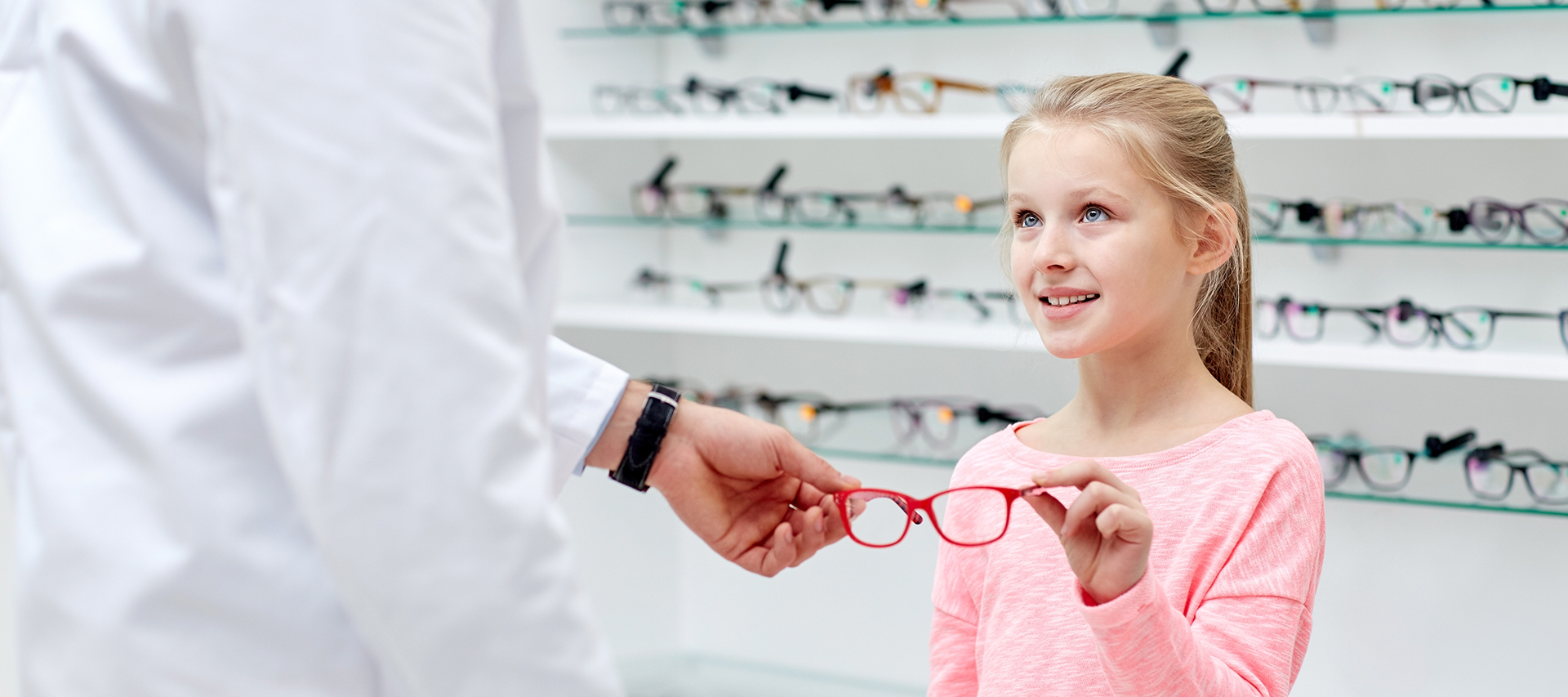The news headlines are full of supply chain disruptions as well as increasingly frequent extreme weather occasions. Even though “prepping” might be a reference to the movie “The Disaster Artist,” disaster preparedness is not only for those who are anxious about the day when the world will end. Every person is required to be ready. You can still take action even if you’re not an extreme survivalist.

Prepare for disasters: More than the “Here Comes the Apocalypse ” T-Shirt”
The thought of a disaster could be overwhelming. Common images of disaster preparedness may include shelves full of canned goods, or bunkers located in remote locations. But disaster preparedness doesn’t have to be that extreme. You can take practical steps to ensure that you and your family is ready for any scenario that may arise, whether it’s literal or figurative storm.
The Adrenaline Pumps: The Potential of a Plan
Imagine a power loss or a flood, or any other emergency. Adrenaline surges and panic begins to set in. The ability to think clearly becomes a distant memory. The need for a disaster plan is paramount in such situations. This plan is a direction for action and keeps everyone safe in the chaos.
Improve Your Online Shopping Skill: Build an Emergency Bag and a Go Bag
Prepare for emergencies the way you would shop online however, in the event of an emergency. Utilize your online shopping skills! Prepare your emergency kit with food, water that isn’t perishable, and other essentials for sheltering in a crisis. Don’t forget to pack a Go Bag. This kit for travel includes all the essentials in case of an evacuation. The search and purchase of the items is separated over a time. This makes preparation for a disaster an easy task.
Disaster Preparedness: A Journey, Not a Destination
Building resilience to disasters isn’t an event that happens once; it’s an ongoing process. Regularly checking your supplies ensures that they’re not rotten or useless. Participating in practice drills with your entire family can help everyone familiarize themselves with the plan and reduces anxiety during an emergency.
From Panic to prepared The practical steps for non-preppers
If the idea of planning for a disaster seems overwhelming begin by taking it one step at a time. Begin with a simple first-aid kit as well as a gallon of water. Learn about basic emergency procedures such as CPR and shelter-in-place procedures. Even small actions such as these can make a significant difference during a crisis.
Beyond the Go Bag: Shelter-in-Place Strategies
Not all disasters require evacuation. Sometimes, staying in a safe place is the best way to go. It is essential to keep an emergency kit, which includes medication, food, and water. There are alternative sources of power, such as radios that are powered by batteries. Have a supply of entertainment to help you get through time periods of inactivity (books or video games, and books).
Building Resilience Together Building Resilience Together: Disaster Preparedness as a Family
Participating with your family in disaster preparation empowers everyone and fosters resilience. Be open about the risks in your local area and then discuss the plan with each other. Assign roles to everyone involved in exercises. Make sure that everyone knows where to get together and whom to contact in case of emergency.
Create a habit of: Establishing a continuous disaster preparedness
It’s not about a sense of security and security, but rather peace of heart. By incorporating simple habits into your daily life and routine, you can dramatically increase your family’s preparedness. Subscribe to local emergency alerts and make sure you check the weather forecast frequently. Rotate your emergency supplies. Small actions like these can make an enormous difference when a catastrophe strikes.
Turn Your Shopping Skills into Survival Smarts The Ultimate Disaster Prep Hacks
Your online shopping skills will come in handy once again! Buy non-perishable goods in sales and purchase the items in bulk. Water can be turned by adding it to your usual water intake. Invest in a multi-purpose tool such as a Swiss Army knife for added security. With a little creativity it is possible to transform everyday tasks into opportunities to increase your preparedness arsenal.
Prepared for the Event However, you should not be Doomsday mad Practical Strategies to better secure the future
Remember, disaster preparedness doesn’t necessarily mean surrendering to fear. It’s about taking control and taking proactive measures to ensure your safety and the well-being of yourself and your loved ones. Through incorporating practical measures into your routine and following these tips, you will be more ready for the unexpected. Don’t be frightened; start planning today to ensure a secure future.